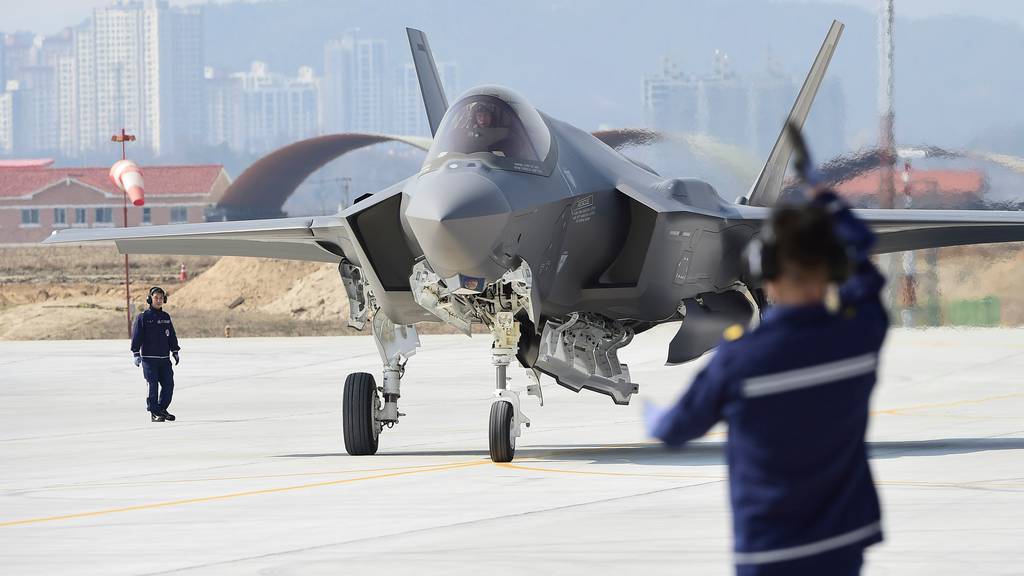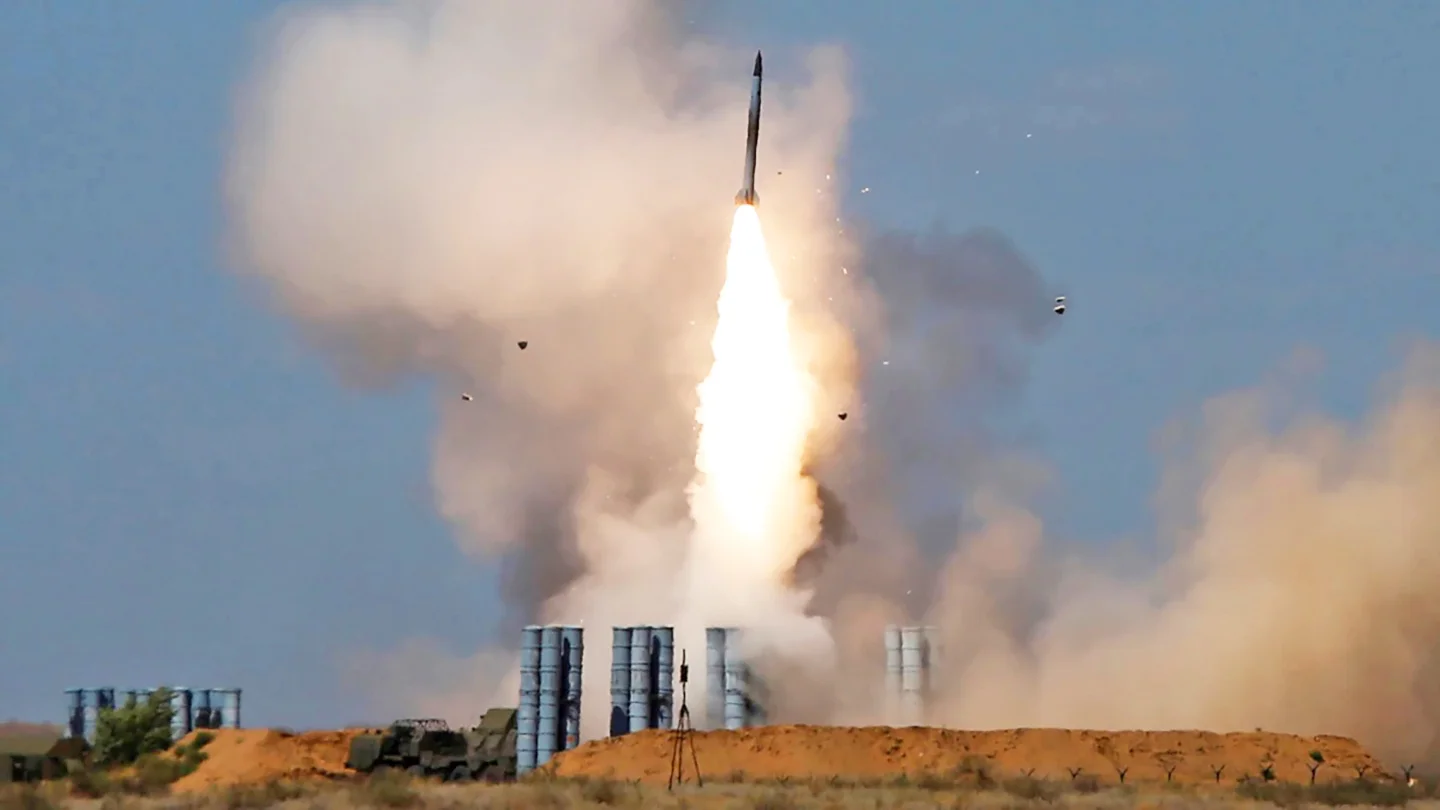F-35 Inability to Detect Russian S-300 Frequencies “Alarming”
The inability of the United States' advanced F-35 aircraft to detect and identify frequencies used by Russian air defense systems is considered "alarming" as it poses risks to the aerial operations of NATO and Ukrainian combat aircraft.
(DEFENCE SECURITY ASIA) — At the outset of Russia’s invasion of Ukraine in February 2022, the United States deployed its fifth-generation F-35 fighter jets to Baltic countries such as Estonia, Lithuania, and Romania to patrol the borders with Russia.
Operating in stealth mode, F-35s from the 388th and 419th Fighter Wings, based in Germany, were tasked with Electronic Intelligence (ELINT) missions to detect frequencies emitted by Russian air defense systems and fighter aircraft.
These aircraft gathered various data from enemy systems to aid NATO forces in better understanding the threats posed by the Russian military incursion.
According to a report by Air Force Times, these fifth-generation U.S. Air Force fighter jets successfully tracked most Russian air defense systems in Ukraine and Kaliningrad, a Russian enclave bordering Poland.
However, despite being equipped with advanced electronic warfare and sensor systems, the F-35s were not able to detect all Russian air defense systems in Ukraine.

“During these missions, the F-35s sometimes failed to identify military equipment because some of these systems, like air defense units, could mask their presence in the field,” explained 388th Fighter Wing Commander Colonel Craig Andrle.
He suggested that Russian air defense systems might operate in modes unrecognized by the F-35s, and this inability to identify “unknown objects” was reported back to headquarters.
This failure of advanced U.S. F-35s to detect and identify frequencies used by Russian air defense systems is considered concerning, posing risks to NATO and Ukrainian air operations.
This shortcoming surprised the F-35 pilots themselves and highlighted the Russian S-300 air defense system as a significant challenge to the U.S. military.
Despite the F-35s being touted for their formidable Electronic Warfare (EW)/ELINT capabilities, this failure indicates that Russia has its own effective countermeasures.


“We identified the SA-20 system (NATO designation for the S-300). I knew it was an SA-20, and intelligence also indicated an SA-20 operating in the area, but my aircraft failed to recognize it, possibly because the air defense system was operating in a ‘war reserve mode’ we had not encountered before,” stated a U.S. Air Force officer.
It is standard for air defense systems to not use their actual frequencies during peacetime, known as “war reserve,” to prevent enemies from discovering their real frequencies.
Air defense units operating in “war reserve” mode do so to avoid detection by adversaries.
Identifying these frequencies would enable the “enemy” to devise Electronic Counter Measures (ECM) strategies against them. — DSA
(MORE ABOUT F-35 FIGHTER JETS)



Comments are closed.